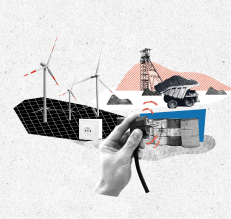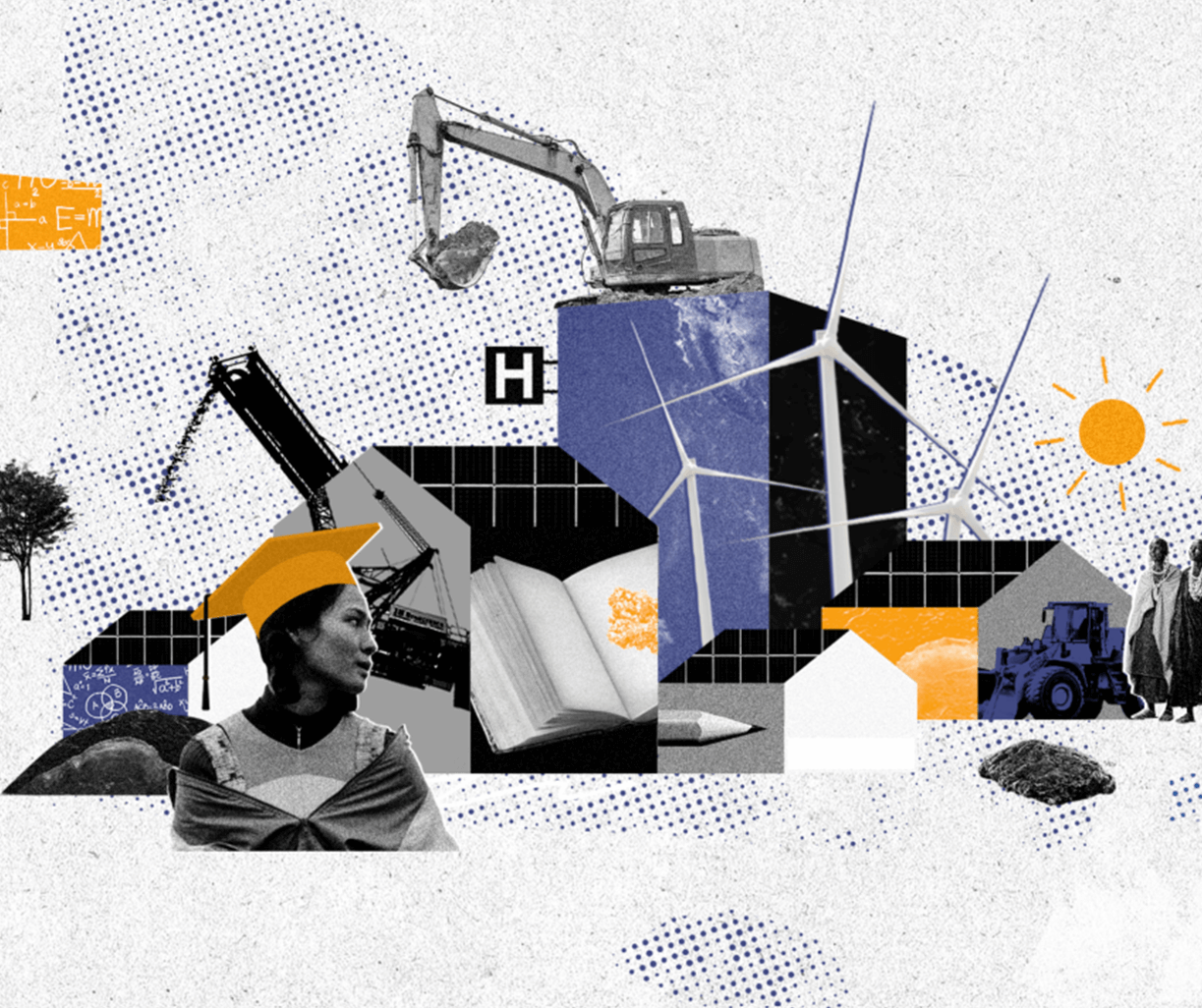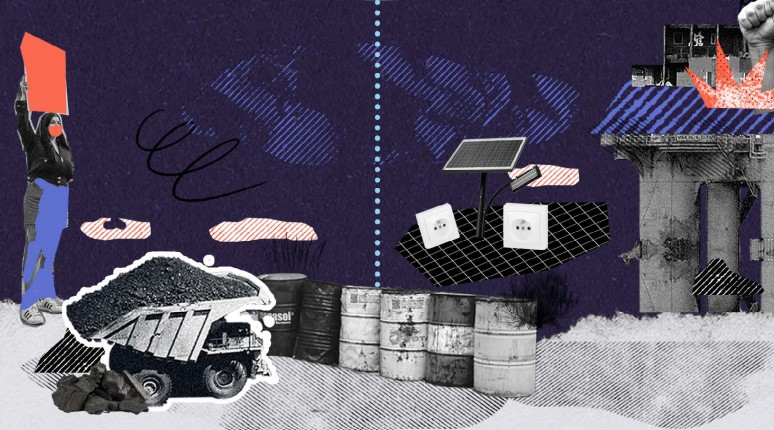The Extractive Industries Transparency Initiative (EITI) stands or falls on the strength of its civil society component. Only with well-coordinated, inclusive and influential civil society participation will EITI reports inform public debate and lead to improved governance in the extractive sector. Civil society input underpins success throughout the EITI process, from consulting communities affected by extraction over EITI reports to disseminating findings, making policy recommendations and driving reform.
Established in 2002 as a voluntary disclosure scheme to ensure transparency and accountability in a country’s natural resource governance, the EITI is a multi-stakeholder initiative. Government, extractive industry and civil society representatives have equal say in its decision-making bodies, at international Board level and in national multi-stakeholder groups.
The EITI broke new ground by giving civil society an unprecedented role in extractive sector governance. PWYP member organisations have been at the heart of the process, with regular representation on the international Board since 2002. National PWYP coalitions in over 30 countries have often spearheaded civil society engagement in EITI processes. This wide-ranging experience enables PWYP to offer unique insight into maximising civil society’s influence in the EITI.
This EITI guide for civil society draws on that insight to provide civil society groups involved in the initiative with the necessary tools to play their role effectively. It outlines the context and challenges of civil society participation in the EITI, and offers recommendations and case studies to help civil society actors leverage the initiative to improve extractive sector governance.
The guide distils this insight into three chapters which reflect the natural cycle of EITI implementation in a country:
- Chapter one, “Four steps to stronger Civil Society participation in the EITI”, shows how to establish credible and effective civil society representation on the national multi-stakeholder group, including selecting representatives and holding them to account, coordinating with wider civil society and engaging with government and business
- Chapter two explores how civil society can ensure that data collection and publication meet EITI requirements and are meaningful to citizens
- Chapter three covers the successful dissemination of EITI data, including using disclosed information to fuel public debate about natural resource management
PWYP aims to provide regular updates to the guide. We welcome feedback, suggestions for improvement and stories of how the guide has been used. Please contact the PWYP Secretariat with comments or for more information on any of the topics covered.
